Lemon Tree Pollination by Hand – How to Pollinate Lemons
Growing your own lemon trees at home is a truly refreshing gardening activity. Learn to do lemon tree pollination by hand to grow the most lemons possible.
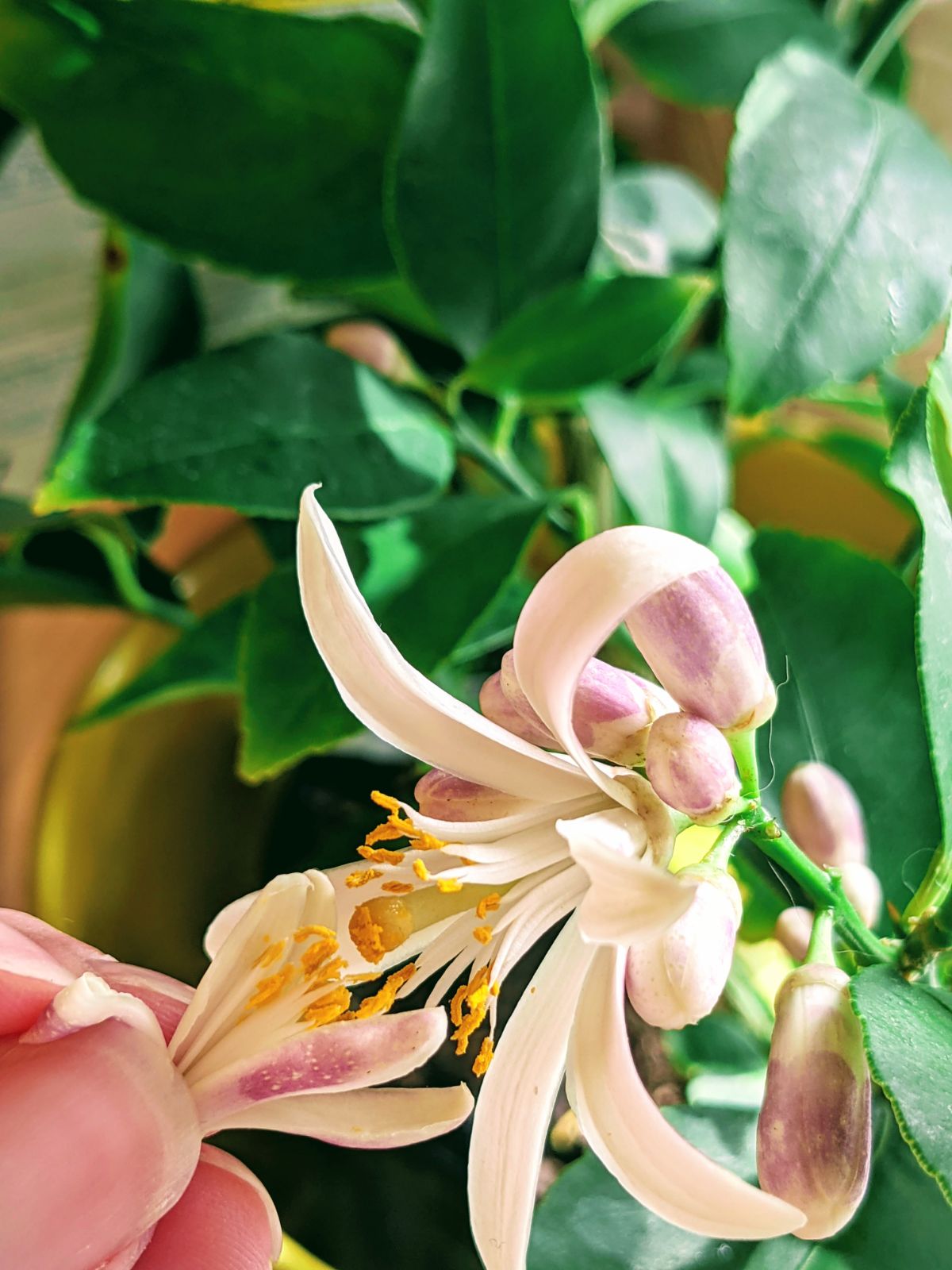
In case you hadn’t heard – something I’ve done recently is buying way too many citrus trees! We live in the northeast and up here in Zone 6b, it is too cold for them to survive winters outside. Anyway, I decided to learn how to hand pollinate lemon trees with a paintbrush so we can hopefully enjoy some fruit!
I planted lemon trees from seed and also purchased a lemon tree in bloom in September 2022. Amazingly, the lemon tree that I purchased was bursting with blooms and even had a baby lemon on it already.
Lemon tree flowers are amazingly fragrant and fill the whole home – or at least the first floor – with a delightful, flowery aroma.
When to Hand-Pollinate Lemon Trees
A few clues make it easy to figure out when to get started on lemon tree pollination. Pay attention to when the flowers open and notice when the stigma in the center looks a bit shiny or sticky. That’s a great time to hand pollinate lemon trees.
How to Pollinate Lemon Trees by Hand
Pollinating lemon trees by hand requires only a few seconds here and there. You will need a paintbrush, Q-tip, or bird feather to transfer pollen.
Do your own indoor lemon tree pollination with these simple steps:
- Use a small paintbrush to gather pollen from a lemon flower. You should see pollen on the tiny anthers on top of the filaments that stick out around the center.
- Gently dab the pollen you’ve collected onto the stigma. This is the piece sticking out of the center of the lemon tree flower.
- Make multiple pollen transfers. In case pollen isn’t ready, touch a few stamens to gather pollen. Then, continue hand pollinating the centers of the citrus flowers.
If you do not have a small paint brush to use, you may also use a bird feather or a cotton swab.
What Happens Next
After flowering, petals and parts of the flower will drop as the lemon flowers age. After successful fertilization, you should notice a tiny green lemon begins growing where the flower once was.
All flowers may not make it to fruit stage, but proper care for your lemon tree should maximize the chances.
Tips on Hand Pollinating Lemon Trees
If you are new to growing citrus, you may benefit a quick summary of lemon tree pollination via these handy bullet points.
- Tools – Use a small paint brush, Q-tip, or bird feather to transfer pollen from the answers to the stigma.
- Maintenance – Wash the paintbrush in between uses, especially if you use it to hand pollinate other plants.
- Indoor Lighting – Give your lemon tree good supplemental lighting if it is living indoors.
- Watching & Watering – Make sure to water adequately and watch for pests and other issues that could hurt your lemon crop.
- Use Caution – Be aware that lemon trees have thorns and you should use caution when pollinating by hand to avoid getting stabbed.
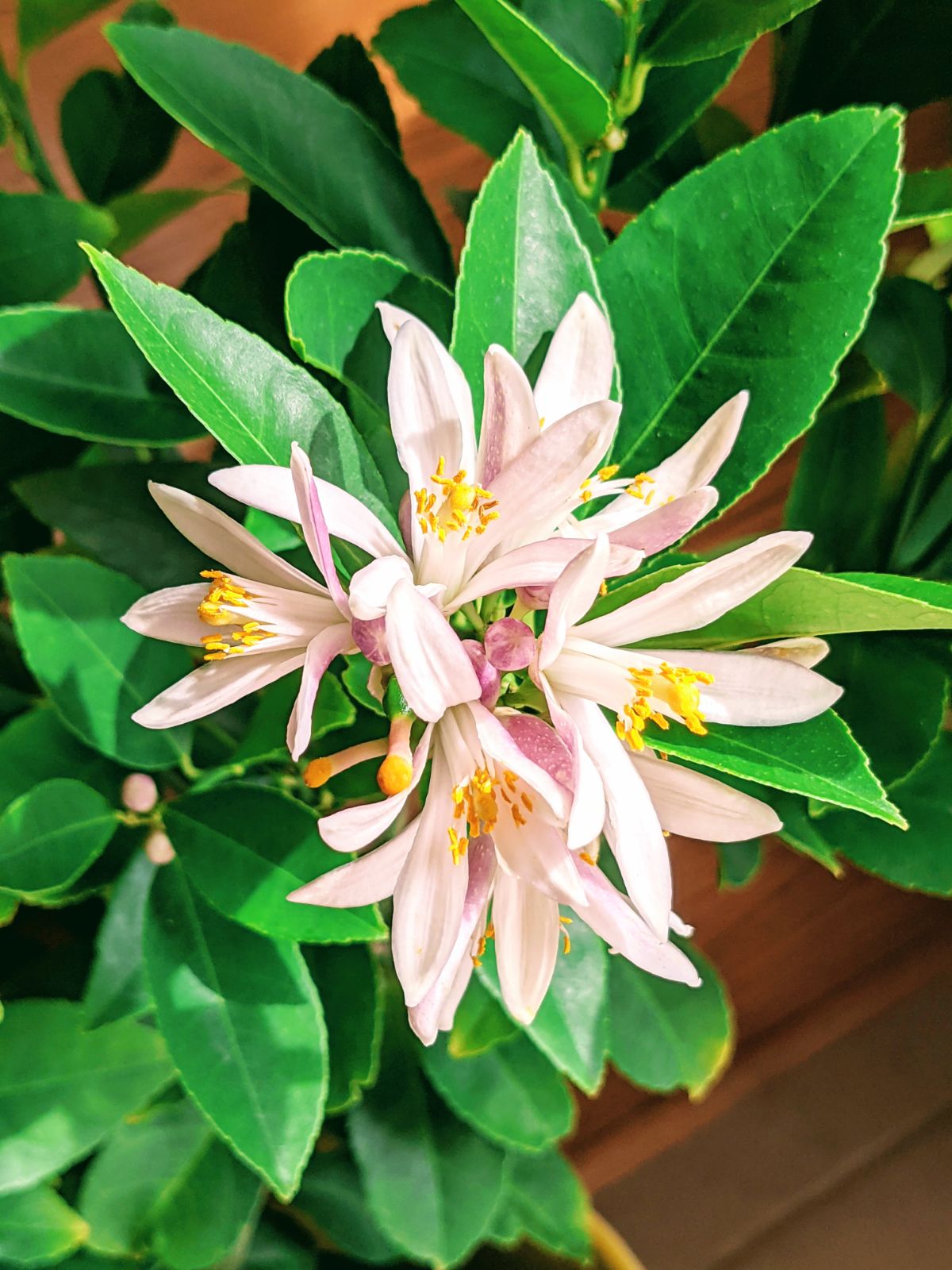
Outdoor Lemon Tree Pollination
If you live in a climate where your lemon tree can live outdoors all year, you may not need to hand pollinate lemon trees yourself. Pollination can occur naturally thanks to the bees and other pollinators.
- Bees – Set your lemon tree outside where bees can access it and do the work for you! Avoid using pesticides that harm pollinators.
- No Bees – If you see no bees or pollinators, you may use the same steps for hand pollination for indoor trees.
Indoor Lemon Tree Pollination by Hand
When you live in a climate too cold to leave lemon trees outdoors all year, try hand pollinating your lemon trees.
Manually pollinate lemon flowers with a soft tool such as a paintbrush, feather, or cotton swab.
- Repeat the Process – Manually pollinate lemon tree flowers a couple times on different days. This allows you to catch the pollen and the stigmas at different intervals in their lifecycle and should increase chances of successful fertilization.
- Keep Track –If you wish to track the journey, note the days that you manually pollinate the trees on your calendar.
- Anticipate Fruit Drop – Often trees will drop fertilized flowers if they cannot support the weight or strain of all that’s happening at once.
- Consider Thinning – If your tree struggles, consider lightening its load by thinning a few flowers on heavily pollinated branches. Thinning citrus isn’t always necessary, just use discretion.
- You can learn more about expected fruit drop with tips from the University of California Agriculture & Natural Resources Integrated Pest Management Program.
Lemon trees in pots often do well going back and forth indoors and outdoors to survive the seasons. Monitor your tree’s health and consider joining a good online citrus tree group for additional support!
Our website features affiliate links to products that we personally believe in. If you make a purchase from a link on our site, we may earn a small commission at no cost to you. Thank you! This helps our girls chase their garden dreams! Thanks for your support. (View full affiliate disclaimer at the end of the page.)
Why isn’t my lemon tree flowering?
If your lemon tree is not flowering, it could be due to several factors. First, consider that lemon trees often do not produce fruit until they are at least 3 to 6 years old. Also, your trees may benefit from citrus fertilizer to help encourage blooming and better foliage.
It is not uncommon for tiny pollinated lemons to drop from the tree. This may happen if the tree cannot support all of the lemons that are currently growing. It could also be due to nutritional imbalances or other issues with your lemon tree
Manually Pollinating Indoor Lemon Trees
If you are successful at lemon tree pollination, you should be able to enjoy your lemons about 6 to 9 months later when they are fully ripe. Expect it to feel like forever as you wait for those gorgeous lemons to turn yellow on the tree. 🙂
If you live in a colder climate like we do, your lemon trees need to come in before the big frost or freeze. It helps to learn how to pollinate lemon trees by hand so you can make the most of your indoor citrus grove.
The process is quick, easy and painless, and I hope it brings you many lemons for lemonade (like our yummy blueberry lemonade recipe) or lemon sugar cookies!
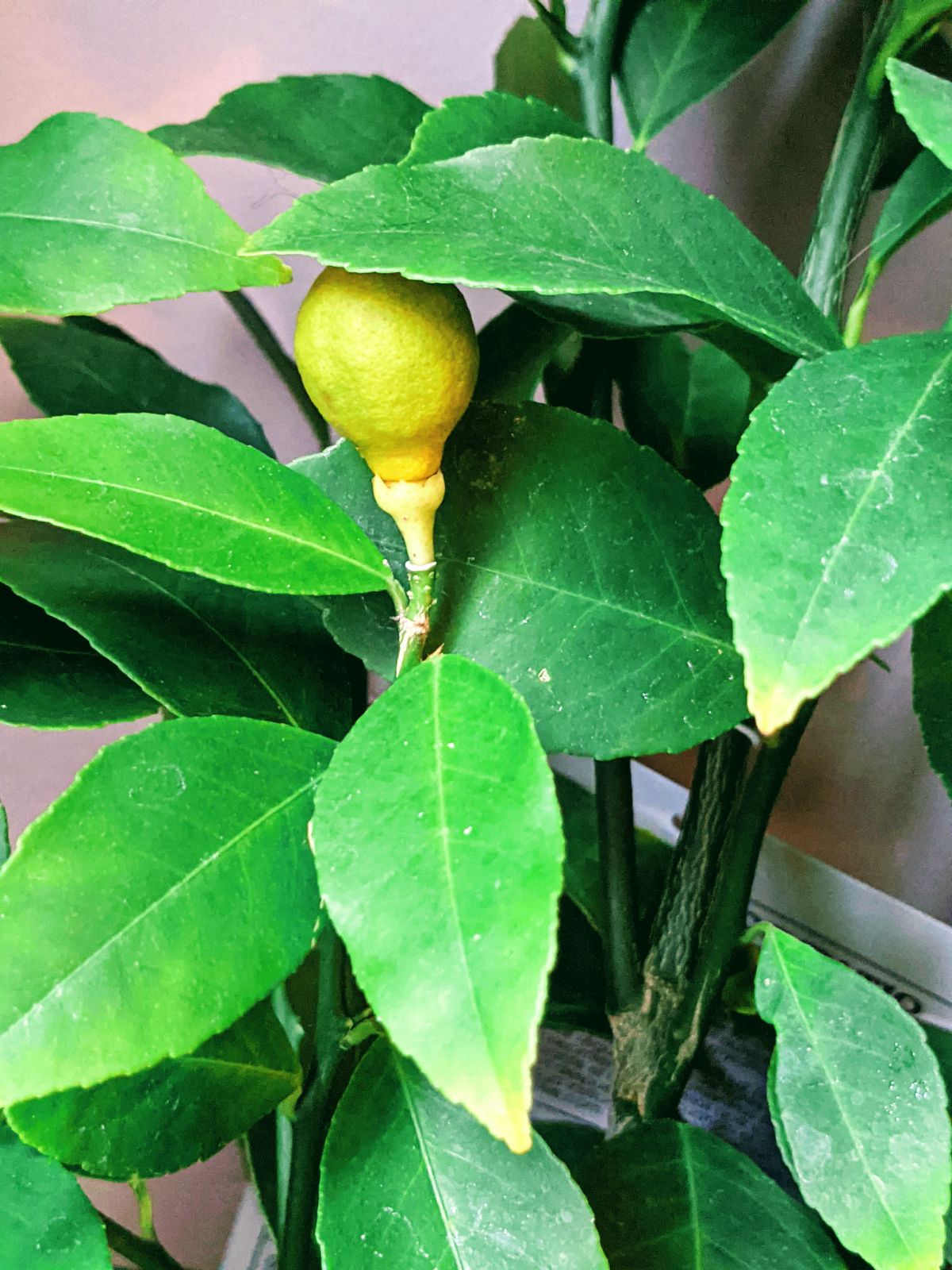
If you enjoyed this post, you might also like to see my post on germinating lemon seeds and growing your own baby lemon trees at home. My trees are doing amazingly well after several years since planting.
Happy Gardening!
11.03.22 – Updated to add photo of baby lemon growing on the lemon tree and added trees for sale.

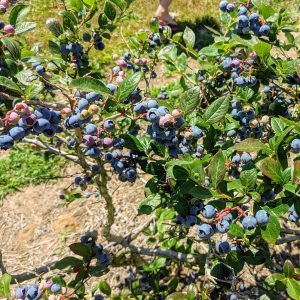
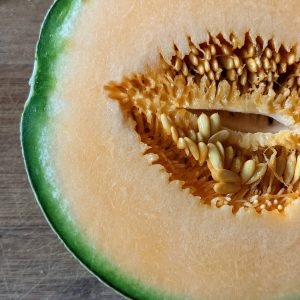
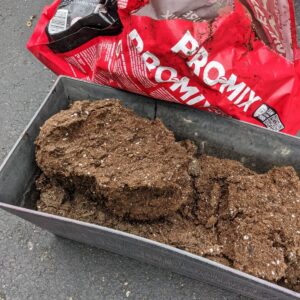
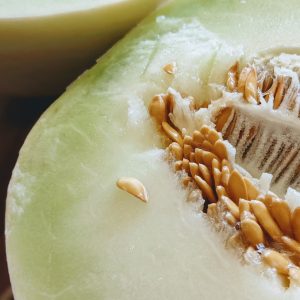


I have been growing lemon, orange and a coffee tree for a long time, but i never had fruit on any of them.
My citrus tree (I don’t know what it is) is now about 5 feet tall and lives in my kitchen. I water it infrequently, but
it seems to survive. It goes out on the porch about the middle of May n comes back in about September.
unfortunately, my coffee tree which was three feet tall succumbed to some illness and died a year ago. it was the only
seed out of hundreds that survived and grew for years. Still miss it.
Hi Frances, wow, your trees sound beautiful! I am so sorry for the loss of your coffee tree. I really want to try growing one as well now. 🙂 I have heard that some citrus trees bloom sooner than others and I’ve also read something about the number of leaf nodes having an impact on maturity and blooming. I have yet to prove any of this myself or find any true evidence from others. I wish you all the best with your trees and hope you have the joy of another coffee tree or other unique exotic in your future. Thanks for sharing with us. Happy Gardening!